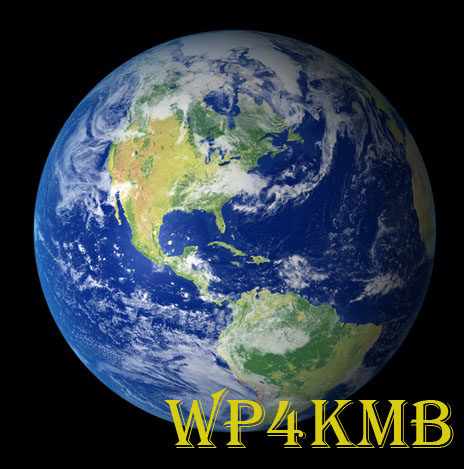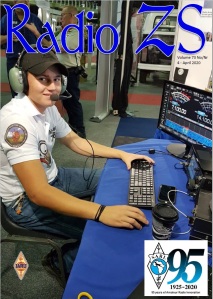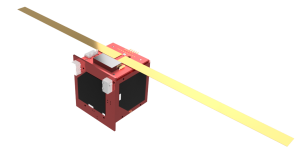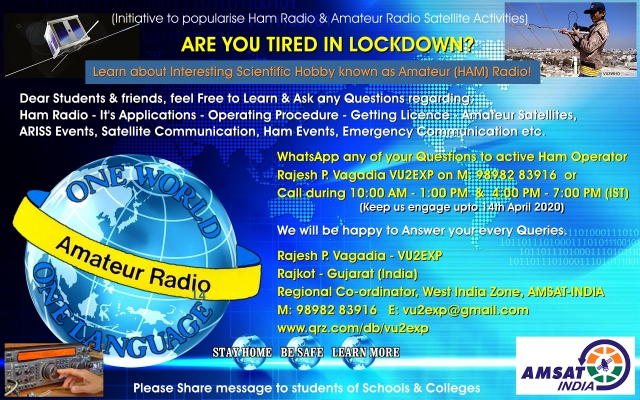ARRL, AMSAT Seek Changes in FCC Orbital Debris Mitigation Proposals
ARRL, AMSAT Seek Changes in FCC Orbital Debris Mitigation Proposals
 ARRL Washington Counsel Dave Siddall, K3ZJ, and AMSAT Executive Vice President Paul Stoetzer, N8HM, on April 8, discussed with senior FCC International Bureau staff by telephone the FCC’s draft Report & Order (R&O) on mitigation of orbital debris (IB Docket No. 18-313). The amateur representatives told the FCC staff that “two aspects of the draft regulations are of particular concern…. and would seriously hinder amateur radio’s future operations in space, if adopted as proposed without the relatively minor changes that we propose.”
ARRL Washington Counsel Dave Siddall, K3ZJ, and AMSAT Executive Vice President Paul Stoetzer, N8HM, on April 8, discussed with senior FCC International Bureau staff by telephone the FCC’s draft Report & Order (R&O) on mitigation of orbital debris (IB Docket No. 18-313). The amateur representatives told the FCC staff that “two aspects of the draft regulations are of particular concern…. and would seriously hinder amateur radio’s future operations in space, if adopted as proposed without the relatively minor changes that we propose.”
First, ARRL and AMSAT requested a revision to proposed language that otherwise would allow only private individual licensees to indemnify the U.S. for the operations of an amateur space satellite. ARRL and AMSAT requested that satellite owners be added to that provision. The amateur representatives, noting that amateur radio licensees may only be individuals under the amateur rules, stated that “[i]n no other service would an individual be required to personally make a similar indemnification” and that “it would be difficult to impossible to find an individual Amateur Radio licensee willing to bear that risk.”
Second, ARRL and AMSAT asked the FCC to delay by 3 years the proposed effective date of April 23, 2022, for a rule that would require satellite operators to certify that space stations “be designed with the maneuvering capabilities sufficient to perform collision avoidance” for spacecraft designed to operate above 400 kilometers in altitude. Citing the long lead times to design and construct Amateur satellites, ARRL and AMSAT suggested that a more reasonable date would be April 23, 2025 and noted that, based on recent past years, only an estimated 3-5 amateur satellites likely would be launched during the extra period.
“We do not disagree with the purpose of this requirement,” they told the FCC staff, but “the proposed effective date is unreasonable in the case of amateur radio satellites.” The new effective date “would allow time for amateur spacecraft designers to adapt to this new requirement,” they said.
Citing the value of amateur satellites to the development of the commercial small satellite industry, and student participation in such projects, ARRL and AMSAT said a strong and robust Amateur Satellite Service will help inspire future developments in satellite technology. The requested changes to the draft R&O would help ensure that amateur radio continues to have a future in space and contribute to the public interest on an educational, non-pecuniary basis.
The FCC is expected to consider the R&O at its April 23 open meeting.
The AMSAT/ARRL document may be read in full at
https://ecfsapi.fcc.gov/file/10409353709408/AMSAT%20ARRL%2018-313%20Ex%20Parte%2004_08_2020.pdf
Source AMSAT News Service and ARRL https://www.amsat.org/mailman/listinfo/ans
m5aka
AMSAT-UK
Powered by WPeMatico




